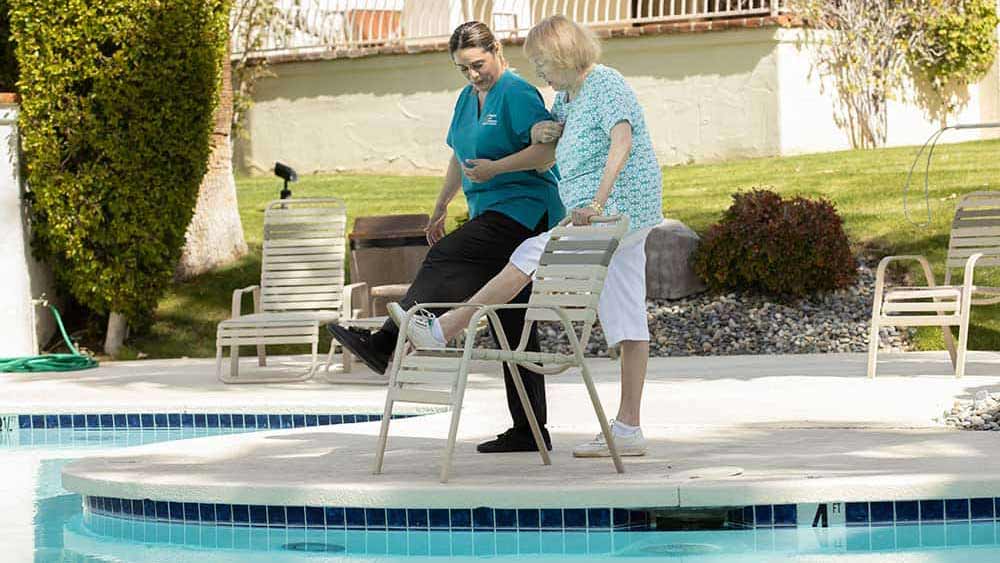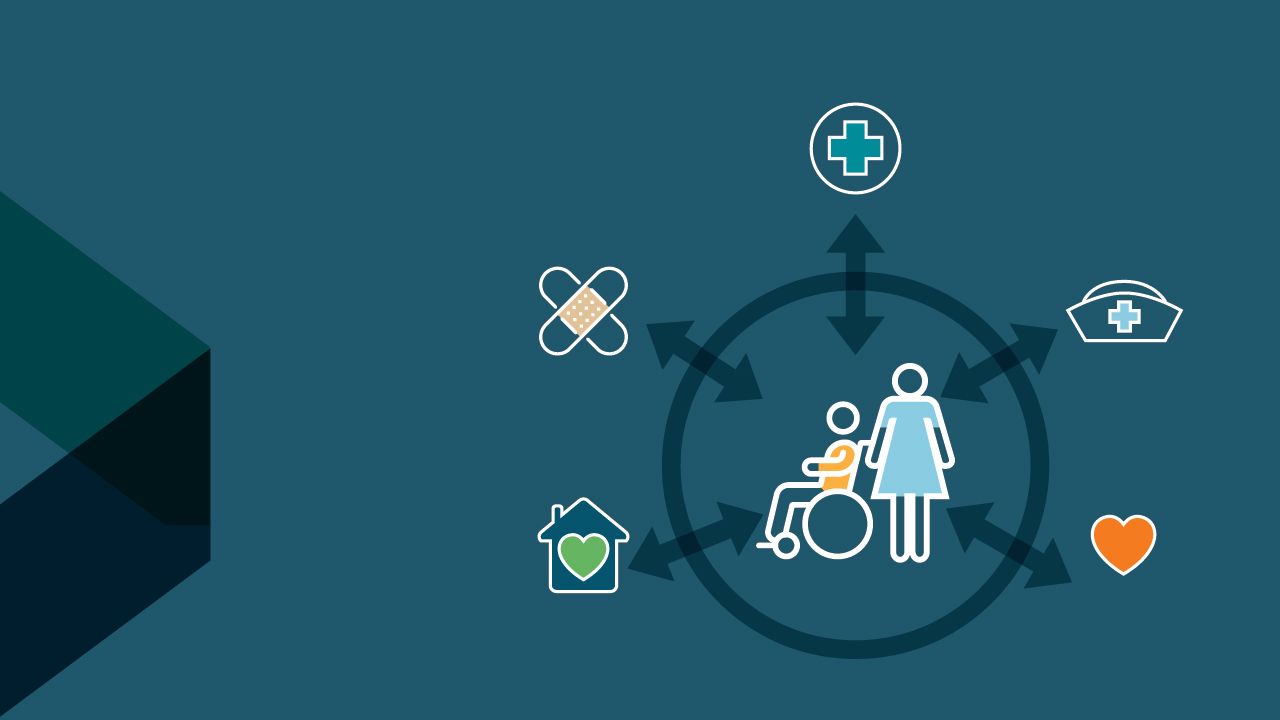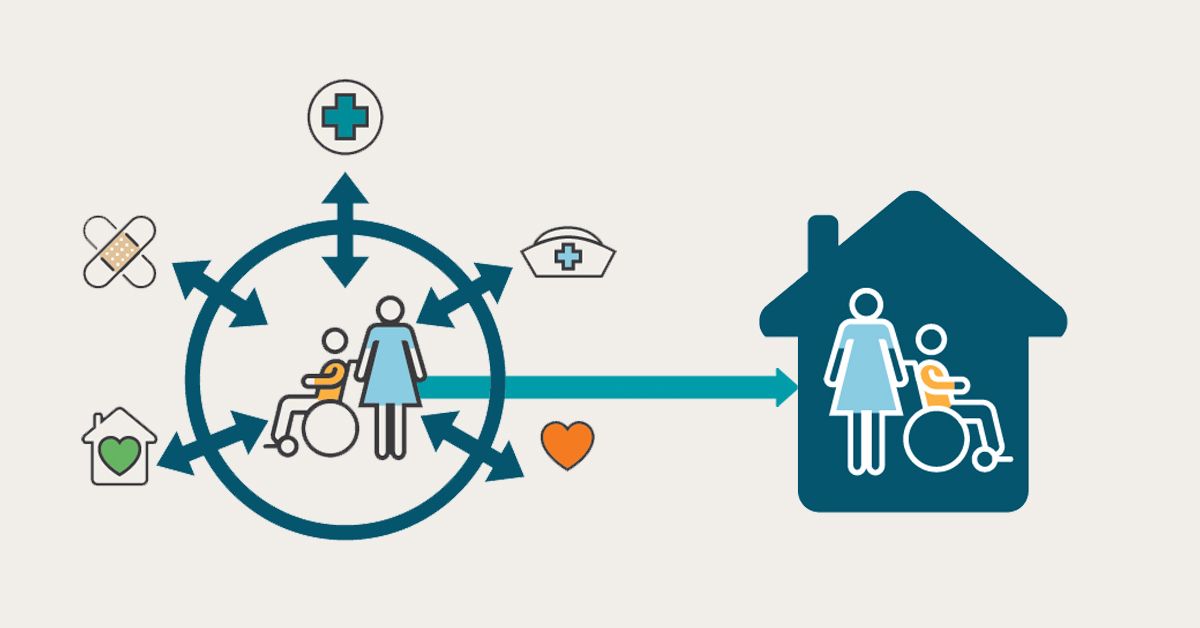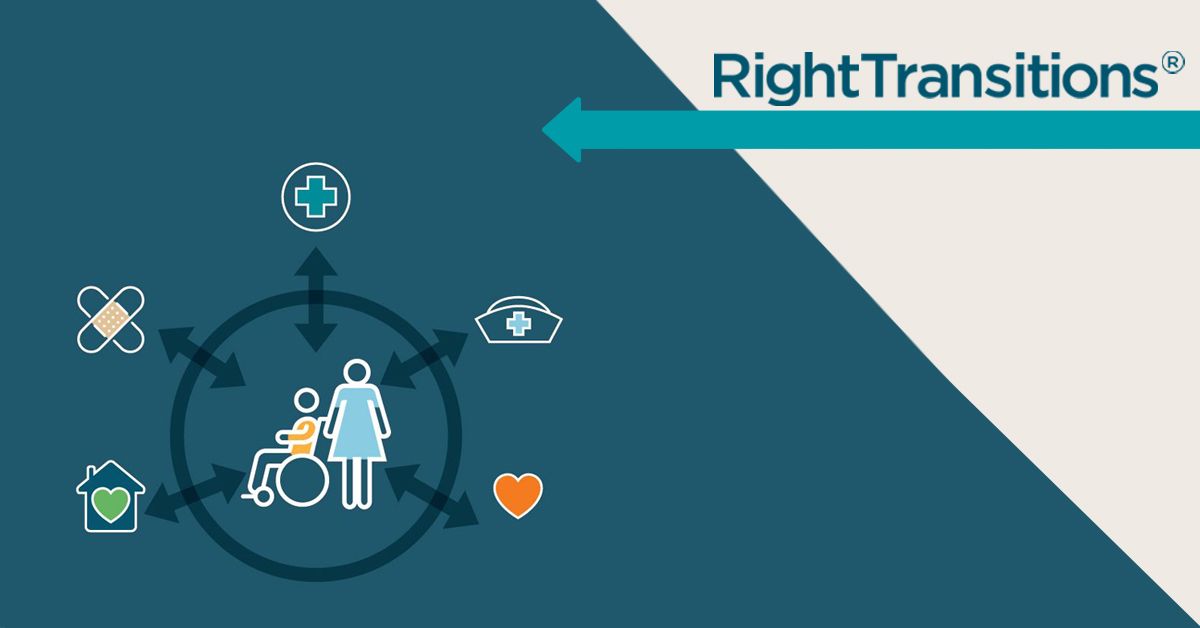

10 Tips to Help Seniors Lower Their Fall Risk
Each year 3 million older adults seek treatment at the hospital after a fall. More than 27,000 of them will die as a result of their fall injuries, and many more will experience disabilities that lead to a loss of independence. Falls are a major public health problem, reports the Centers for Disease Control and Prevention (CDC).
And while the effects of a fall can be life-changing and life-threatening for seniors, the fear of falling also is a serious threat. Sometimes after they’ve fallen or have been told by their doctor that they are at high risk of falling, older adults will decide it’s best to avoid physical activity. This leads to loss of stamina and muscle strength … which, in turn, increases their fall risk all the more!
Sometimes families inadvertently play a part in this downward cycle. They urge their loved one to take it easy, always hovering and fretting. Instead, they should help their loved one reduce the risk of fall injury. Fortunately, there are science-based steps older adults can take:
1. Talk to the doctor about your risk factors. Do you have health conditions such as arthritis, vision loss, osteoporosis or memory loss which raise the risk of falls? What can you do to lower the risk? Be open with your doctor about your fall history. The CDC reports half of seniors injured in a fall don’t tell their doctor about it—but they should. Falling just once doubles the chance of falling again. Keeping quiet about it could mean missing out on some valuable fall prevention advice.
2. Get enough exercise, and the right kind. Ask your doctor to “prescribe” an exercise program for you, which will likely include activities to strengthen muscles, build endurance, increase flexibility and improve balance. There’s an exercise program for almost everyone, no matter their abilities. Gyms, senior centers and recreation centers offer senior exercise classes, though these days, exercises you can do at home may be more practical. Dancing, gardening and house cleaning also provide a workout.
3. Seek help for balance problems. Some falls are caused by disorders of the vestibular system, located in our inner ear, which is important for our sense of balance. These disorders often can be treated. We also can improve our balance abilities. Ask your doctor about a balance class, with special exercises and activities such as tai chi that actually improve proprioception—our sense of position. The wrong shoes also can affect our balance and stability, so have them properly fitted.
4. Conduct a fall-prevention home inspection. The American Academy of Orthopaedic Surgeons recently reminded seniors that it’s a great time to give their homes a safety inspection—because these days, we are likely spending most of our time at home! So look around for hazards. Remove clutter that could trip you up. Improve lighting throughout the house, and add grab bars in the bathroom and other key areas. Be sure there’s a clear path to walk through the house.
5. Have your medications reviewed. The drugs we take help us manage health conditions that raise our risk of falls. And yet, either alone or combined with other drugs, many prescription and over-the-counter medications can cause dangerous side effects, such as dizziness, confusion and drowsiness. Bring a list of all the medications you take to your doctor or pharmacist and report any side effects when starting a new drug.
6. Have regular vision and hearing exams. Not surprisingly, vision loss is a top risk factor for falls. In some cases, vision can be improved with eyeglasses. Keep your prescription up to date, and if you wear bifocals or progressive lenses, ask your doctor if a second pair with single-vision lenses might be safer for walking. Our ears also provide a lot of important information about the environment around us that can help us avoid falling, so if you have hearing aids, use them.
7. Eat a fall-fighting diet. Getting the right nutrients promotes muscle and bone strength. Calcium, protein and vitamin D intake are particularly important. Eating well also helps maintain a healthy weight. Talk to your doctor about an eating plan that’s right for you. Be frank about your alcohol intake too. Drinking too much ups the fall risk quite a bit.
8. Use walking aids properly. Canes, walkers and other mobility devices help many older adults maintain their stability and avoid falls while walking. However, it’s important to use these devices correctly. A physical therapist or other professional can recommend an appropriate device, make sure it is properly fitted, and train you in its safe use.
9. Avoid distracted walking. Many falls happen when seniors aren’t fully aware of their surroundings. Today, the main culprit might be your smartphone. There’s a stereotype of a young person walking along while texting, even in intersections. But experts tell us older adults are doing it, too! Even talking on the phone while walking can distract us. Stop to make that call, or wait until later.
10. Add home care to your fall prevention strategy. For many families, hiring professional in-home care is a way to achieve the above goals. Right at Home caregivers remove clutter, supervise exercise, provide transportation to healthcare appointments, pick up prescriptions, and provide appropriate care for seniors with Alzheimer’s disease or other memory loss. Today many fall prevention classes and activities are taking place via videoconferencing. The caregiver can help with that, too! Seniors who might hesitate to be active gain an extra measure of confidence when a professional caregiver is at hand—a great way to break the cycle of falls and fear. Family, too, are more confident knowing their loved one has help nearby.
Right at Home care experts work with families to reduce the risk of falls for older loved ones. To learn more, visit Right at Home’s Fall Prevention page to download our free Fall Prevention Guide. Find your local Right at Home and ask for a care consultation today.







